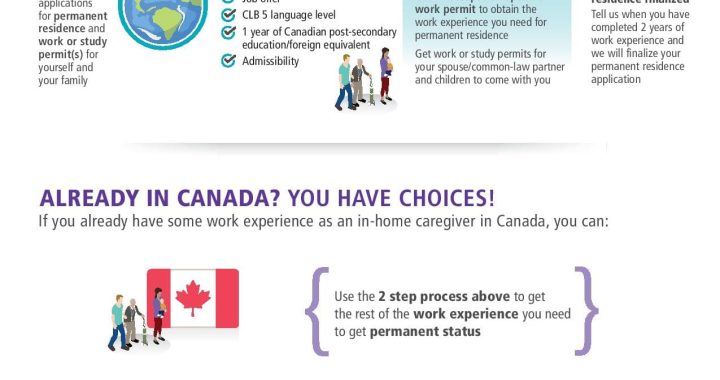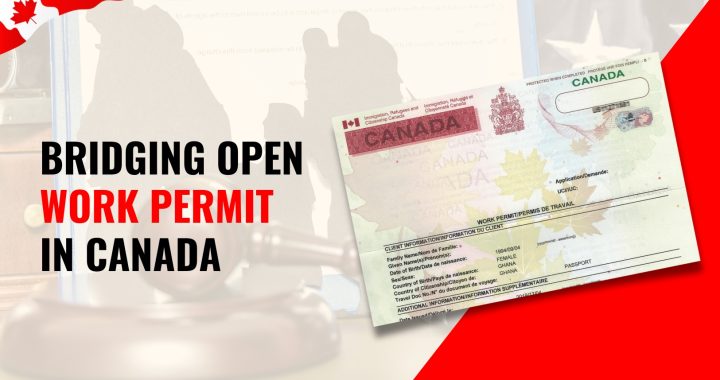America’s 2025 Deportation Crackdown: Should You Stay or Self-Deport?

emotional moments family separation at us deportation
The U.S. immigration landscape has shifted dramatically under President Donald Trump’s expanded deportation policies, including nationwide expedited removal, arrests of non-criminal migrants, and threats to parole programs and dependent visas. For undocumented immigrants and those with precarious legal statuses, the choice between staying to fight deportation or leaving voluntarily has never been more fraught.
Here are the risks, legal implications, and human costs of both the options.
The Current Reality: Expedited Removals and Narrowing Legal Avenues
- Expanded Expedited Removal: Since January 2025, ICE can deport anyone unable to prove 2+ years of continuous U.S. residency without a court hearing. Fear screenings for asylum seekers remain the sole exception.
- Rising Detentions: ICE arrests of non-criminal immigrants surged 334% in early 2025, with detention centers exceeding capacity.
- Targeted Groups:
- Undocumented individuals, visa overstays, and those with expired protections.
- H-4 visa holders aged 21+ (1.34 lakh Indians at risk) and parolees from Ukraine, Afghanistan, and Latin America.
- Mixed-status families facing separation.
Staying Put: Risks and Potential Defenses
Pros:
- Legal Recourse: Contest deportation in court if not subject to expedited removal. Options include asylum, cancellation of removal, or adjustment of status
- Due Process: Judges may grant continuances for legal preparation, though Project 2025 seeks to limit this.
Cons:
- Expedited Deportation: Risk of rapid removal without a hearing if unable to prove residency .
- Criminalization: Even minor offenses could prioritize deportation.
- Family Separation: Detention may leave children without caregivers.
Critical Steps if Detained:
- Exercise your right to remain silent and request a lawyer.
- Refuse searches without a judicial warrant.
- Seek legal aid immediately—representation triples success rates.
Self-Deportation: A Dignified Exit or Long-Term Consequence?
Pros:
- Avoid ICE Detention: Leave on your terms, preserving dignity and minimizing trauma.
- Future Visa Eligibility: Voluntary departure may avoid re-entry bans linked to formal deportation orders.
- Asset Management: Wind up finances, property, and family needs without abrupt disruption.
Cons:
- Permanent Separation: Leaving could mean abandoning U.S.-citizen family members.
- Barred Return: Overstays face 10-year bans unless waived, while undocumented stays >1 year trigger permanent bars.
- Lost Legal Opportunities: Forfeit potential asylum or relief claims.
Staying Put or Self Deportation- Key Factors to Consider
Aspect |
Stay and Fight |
Self-Deport |
Legal Barriers |
Risk of expedited removal | Possible re-entry bans |
Time |
Months/years in detention or court battles | Weeks to settle affairs |
Dignity |
Risk of jail-like conditions | Controlled exit |
Family Impact |
High risk of separation | Planned relocation |
Practical Recommendations
- Consult an Immigration Attorney: Assess eligibility for asylum, cancellation of removal, or parole extensions.
- Prepare Documentation: Gather proof of residency, employment, and community ties to counter expedited removal.
- Emergency Plan: Memorize lawyer contacts, designate caregivers for children, and secure vital records.
- Monitor Policy Shifts: Trump’s plans to revoke parole (e.g., 240,000 Ukrainians) and expand ICE raids near schools/hospitals could escalate risks.
A Choice with No Easy Answers
For many, staying to fight offers a chance to secure legal status but risks traumatic detention and family separation. Self-deportation provides agency but may sever U.S. ties permanently. With Project 2025 aiming to fast-track removals and defund legal aid, consulting a lawyer now is critical. While neither path is ideal, proactive planning—whether gathering evidence for court or arranging a dignified exit—can mitigate the chaos of America’s 2025 immigration crackdown.

 The New Era of Canadian Study Permits: Impacts and Challenges for International Students
The New Era of Canadian Study Permits: Impacts and Challenges for International Students  New Canada Employment Insurance Rules Effective April 2025- how these are going to affect immigrants?
New Canada Employment Insurance Rules Effective April 2025- how these are going to affect immigrants?  New Education Assessment Requirement for Caregivers: A Major Setback for Immigration to Canada
New Education Assessment Requirement for Caregivers: A Major Setback for Immigration to Canada  ICE Deportations at Immigration Hearings: Truth, Risks & Legal Remedies
ICE Deportations at Immigration Hearings: Truth, Risks & Legal Remedies  What happens if the marriage ends before the conditional green card is granted to spouse
What happens if the marriage ends before the conditional green card is granted to spouse  Marriage Visa to the USA: Your Ultimate Guide to Love, Law, and a Green Card!
Marriage Visa to the USA: Your Ultimate Guide to Love, Law, and a Green Card!  Canada Visitor Visa Document Checklist for Smooth Processing of Visitor Visa Application
Canada Visitor Visa Document Checklist for Smooth Processing of Visitor Visa Application  How to Extend Student Visa in Canada
How to Extend Student Visa in Canada  Ultimate Guide to the Bridging Open Work Permit in Canada: Stay, Work, and Thrive
Ultimate Guide to the Bridging Open Work Permit in Canada: Stay, Work, and Thrive